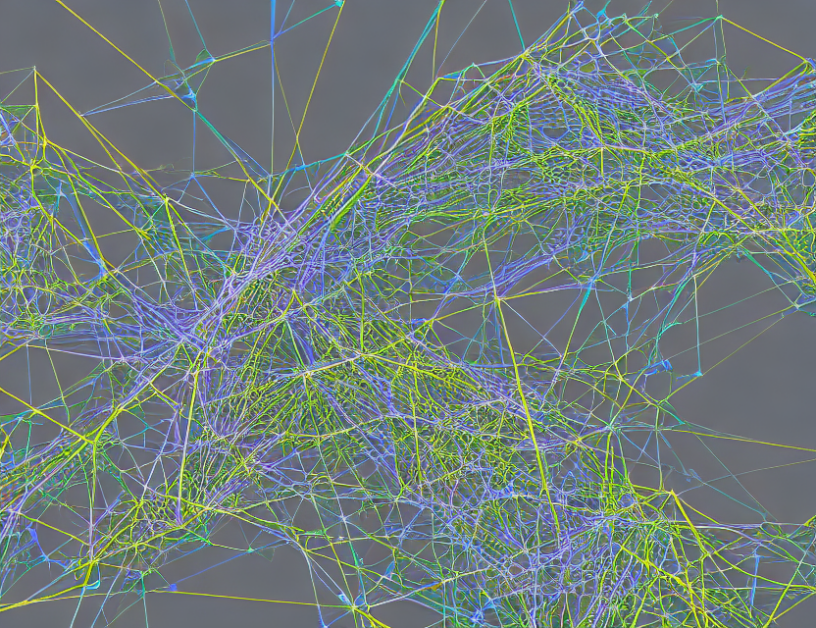In this article, the authors explore the concept of hierarchical representation in computational geometry, which involves using a nested structure of grids to efficiently capture complex details. The authors explain that traditional uniform discretization methods can be computationally expensive and lacking in detail, while hierarchical methods offer a more efficient approach.
The article begins by defining hierarchical representation and its advantages, including the ability to bias computational resources towards regions of interest. The authors then delve into various approaches to hierarchical representation, such as Chimera grids, multi-resolution modeling with wavelet and model-reduced methods, and non-uniform grids like quadtrees and octrees.
The authors highlight the benefits of hierarchical representation, including reduced computational cost and increased accuracy in capturing complex details. They also acknowledge limitations, such as the potential for increased complexity in implementing hierarchical methods.
Throughout the article, the authors use engaging analogies to help readers understand complex concepts. For instance, they describe how hierarchical representation can be likened to a staircase with each step representing a different level of detail, allowing for more efficient computation with less redundant calculations.
In summary, this article provides an in-depth analysis of hierarchical representation in computational geometry and its potential to revolutionize the field by offering a more efficient and accurate approach to capturing complex details. By using everyday language and engaging analogies, the authors demystify complex concepts and make the article accessible to a wide range of readers.
Unlocking the Potential of Graph Neural Networks for Time-Series Analysis



